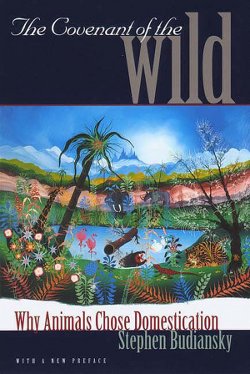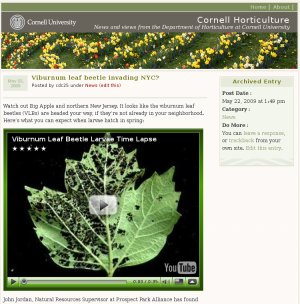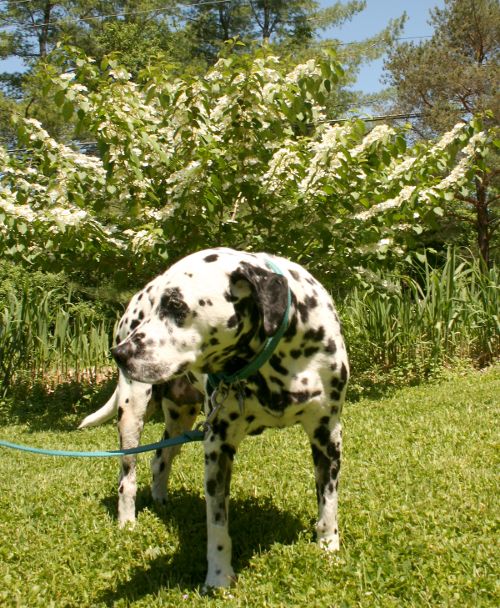 If I ever found myself sitting next to Michael Pollan on an flight, the first question I’d ask him is “Do you know Stephen Budiansky?”
If I ever found myself sitting next to Michael Pollan on an flight, the first question I’d ask him is “Do you know Stephen Budiansky?”
Like the rest of the gardening blogosphere, I plan to watch The Botany of Desire tonight. (Well, maybe tomorrow on the DVR.) I expect that the video-version of Pollan’s 2001 best seller will make the same central point: We aren’t necessarily using plants so much as they are using us.
But what I want to know is, was Pollan influenced by Budiansky’s work from a decade earlier?
In 1992, I was editorial director of Rodale’s magazine for organic and sustainable farmers, The New Farm. (It’s now a website.) We covered livestock issues — a lot. And the whole editorial team at the time was so impressed with Budiansky’s book, The Covenant of the Wild: Why Animals Chose Domestication that we decided to excerpt a portion of it in our back-of-the-mag guest column. He wrote, in part:
There is now a mounting body of evidence that the original domestication of animals was not so much and invention, imposed by humans on animals against their will, as it was a natural process of evolution in which both man and beast adapted to one another for mutual gain. In an evolutionary sense, domesticated animals chose us as much as we chose them.
Don’t get me wrong. I really liked The Botany of Desire. I just felt like I’d read it before in Budiansky’s book. Here’ more:
One might wonder whether the advantages of extra food and protection from other predators would outweigh the disadvantage of being preyed on by humans. From an evolutionary point of view, the answer is undeniable: A handful of minor species emerged from scraping together a marginal living at the end of the Ice Age to occupy a position of overwhelming dominance in the biosphere. While wild sheep teeter on the edge of extinction, the population of domestic sheep has grown to 1 billion. …
To suggest that domestication is an evolutionary phenomenon rather than a human invention is not to claim that humans were mere pawns in some grand preordained plan. Human choice and ingenuity clearly played a part — but only a part, insufficient in itself. In dealing with the biological world, humans may select, but only from a set of options determined by nature.
While they might not be as compelling as Pollan’s apples, tulips, potatoes and cannabis, cows and chickens and sheep and pigs have cast their lot in the same game.







